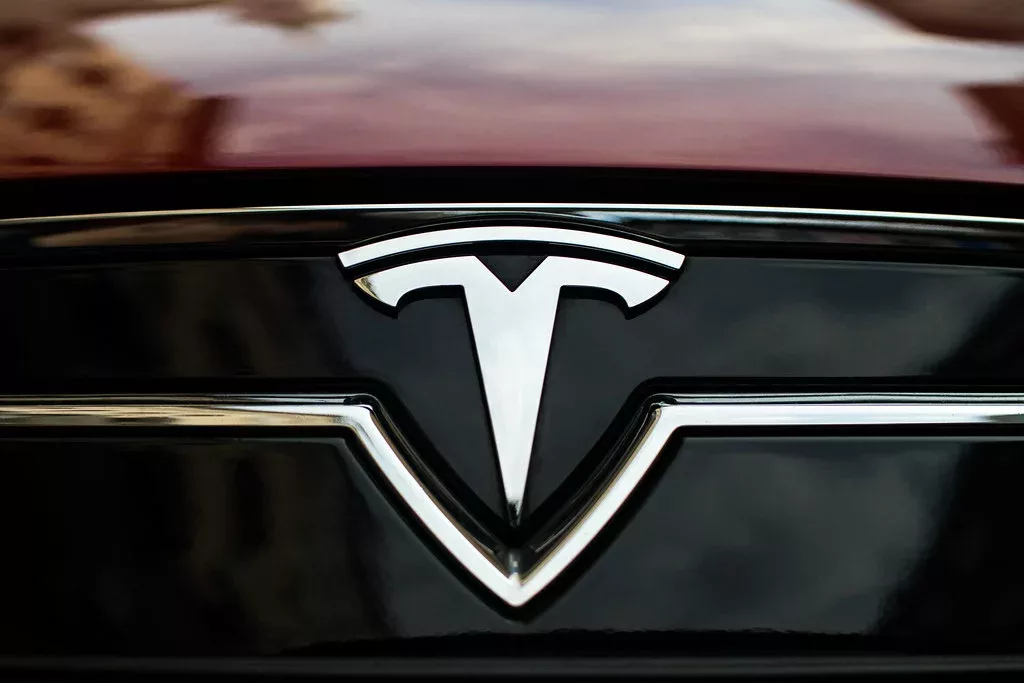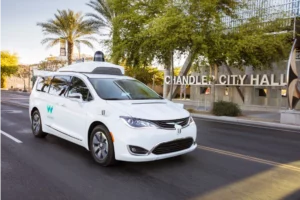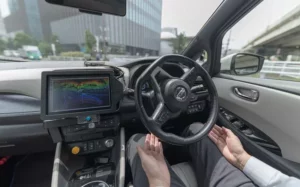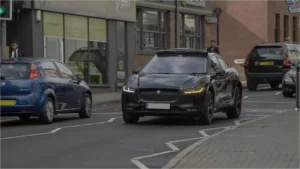During a first-quarter earnings presentation on Tuesday, Tesla provided glimpses of what “robotaxi” users could expect from their future app designed to summon driverless cars through an intuitive interface, says IoT Tech News.
The upcoming ride-hailing service will allow users the ability to conveniently call for a Tesla vehicle, adjust the temperature inside the car, track its location in real-time, and customise their music.
Tesla’s ambitions with robotaxis have been public knowledge since 2019 when CEO Elon Musk declared that he was “very confident” the company would commence operating a fleet of driverless vehicles by the end of 2020. However, despite initial expectations, this goal has yet to be realised.
Musk revealed on Thursday that the new service will operate similarly to a hybrid model combining elements of Airbnb and Uber. Under this scheme, Tesla will manage the majority of their fleet, but individual car owners would also have control over whether or not they choose to participate in the program. Owners can selectively allow certain individuals (such as friends and family members) to use their vehicles while denying access to others who may fall outside their desired criteria.
In an effort to ensure maximum safety, Musk stressed that every Tesla vehicle will be equipped with sophisticated sensors capable of detecting potential hazards around the car and alert passengers accordingly. Additionally, in emergency situations where intervention is required, a human driver can still take control to ensure passenger safety.
Despite his previous claim that an initial fleet would consist of approximately seven million vehicles, Musk revealed during Thursday’s earnings call that the eventual size could expand significantly—potentially reaching tens of millions of cars in the future. The company plans to demonstrate its purpose-built robotaxi, dubbed “Cybercab,” at a grand reveal slated for August.
Tesla’s new ride-hailing service will also offer car owners additional revenue streams by allowing them to monetise their vehicles during off hours when they aren’t in use—with the company taking a percentage of the profits and passing on the rest to the vehicle owner. Readers may want to take this claim with a pinch of salt, but Musk predicts that each participating Tesla vehicle could generate an estimated $30,000 in gross earnings annually for its owners.





















